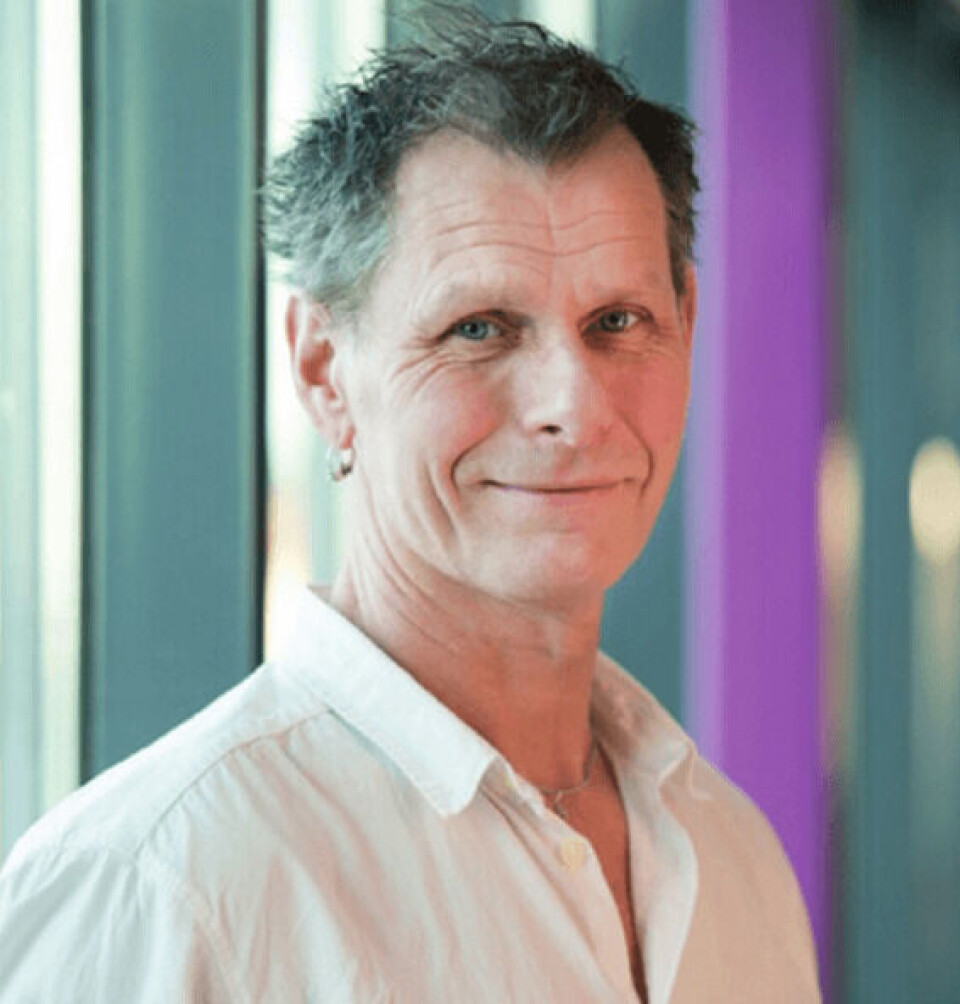
Production cost concerns
The CEO of Firda Seafood, Ola Braanaas, is more concerned about the increasing cost of production than the current high prices being fetched by salmon.
The average salmon price was NOK 74.38 in week 28, while fish over 6 kilos were fetching over NOK 90/kg.
“My advice to buyers is to focus more on Norwegian trout, which are less expensive although the quality is fantastic,” Braanaas, who happens to be a trout producer, tells kyst.no.
The CEO believes salmon prices will drop during the autumn, but doesn’t believe that a total price collapse will happen.
He also argues that it is essential to pass on increased production costs to the consumer.
“One cannot just complain about high commodity prices, we need to pass these back into the market. Our mission is to deliver a top quality product that consumers will go to great lengths to get. The problem for many other food producers is that food in general is valued too low compared to production costs, which is why Norwegian agriculture needs to be subsidised by the state,” he observes.
He does, however, see rising production costs as damaging to the industry, especially once salmon prices start to fall.
“What is most disturbing at the moment is the increasing production cost, which eventually could hurt our competitiveness. There are not many breeders who would have survived today at the prices we had just a few years back and, while the press refers to salmon over 9 kilos fetching NOK 95/kg, it makes politicians and the public think we’re getting these prices for all our fish,” he adds.
Blaming the authorities
He blames a lot of the increases in production costs on the authorities, who he believes must be quicker to accept new methods for dealing with problems such as sea lice. He believes the FSA must show necessary pragmatism in permitting the adoption of new techniques.
“The authorities must not put obstacles in the way that delay the development of methods and equipment. Innovation is not reserved for researchers and academics, the great innovations in aquaculture have often come from the producers, who know the practical considerations of operating at sea,” he continues.
When it comes to the sea lice situation, Braanaas sighs, and says that lice are present 24/7.
“It's lice from morning to night. In our area the sea lice situation is currently good, but it is also true that what is good now may be difficult just a few weeks’ time – we must maintain a 100% focus,” he concludes.






















































